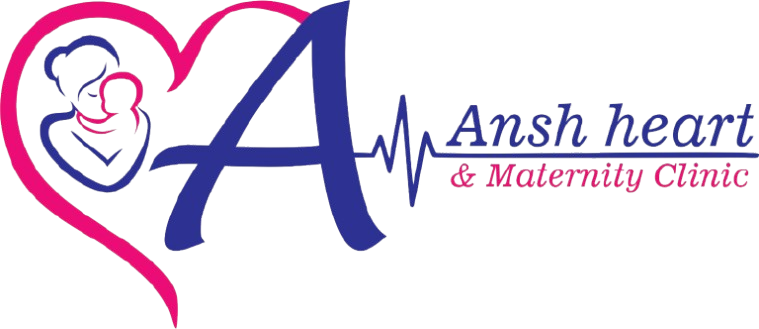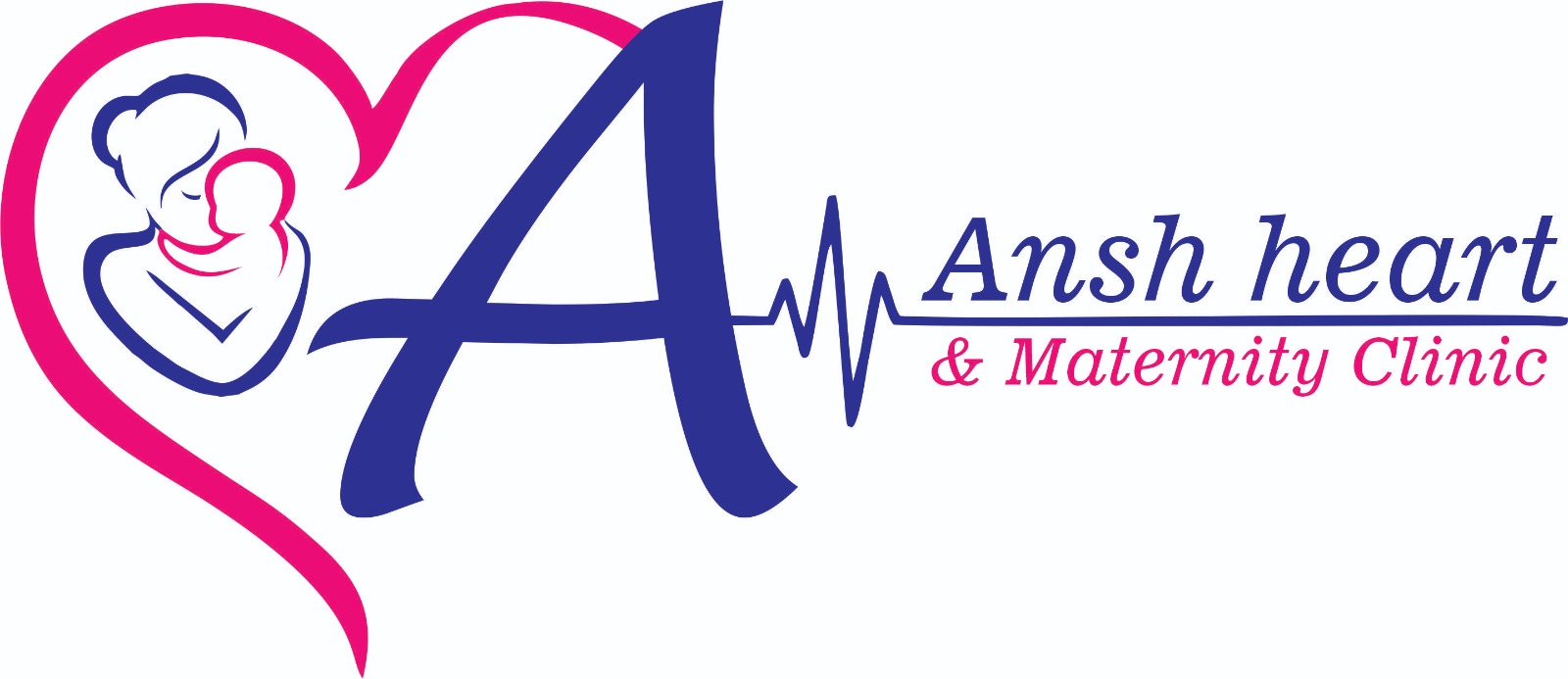
Cardiac Electrical Devices—including Pacemakers, Implantable Cardioverter Defibrillators (ICD), and Cardiac Resynchronization Therapy (CRT)—are life-saving medical devices used to treat a variety of heart rhythm disorders. These devices are used to regulate or manage the electrical activity of the heart, helping to restore normal heart rhythms, improve heart function, and prevent life-threatening arrhythmias. Below is an overview of these devices, their functions, and their uses:
1. Pacemaker:
A pacemaker is a small device that is implanted under the skin, typically near the collarbone, to help regulate the heart’s rhythm. It is used primarily in patients with bradycardia (slow heart rate) or other types of arrhythmias.
How a Pacemaker Works:
- A pacemaker consists of a pulse generator (the device itself) and one or more leads (wires) that are connected to the heart.
- The pulse generator contains a battery and a small computer that monitors the heart’s rhythm.
- If the heart rate drops below a certain threshold, the pacemaker sends electrical impulses through the leads to stimulate the heart to beat at a normal rate.
Indications for Pacemaker Implantation:
- Bradycardia: Slow heart rate that causes symptoms such as dizziness, fatigue, or fainting.
- Heart Block: A condition where the electrical signals that control heartbeats are delayed or blocked.
- Atrial Fibrillation (AF): In some cases, pacemakers are used in combination with other treatments to regulate the heart rate in patients with AF who experience slow heart rates.
Benefits of Pacemakers:
- Restores Normal Heart Rate: Pacemakers can help maintain a consistent heart rate, reducing symptoms like dizziness, fatigue, and fainting.
- Improves Quality of Life: Patients with bradycardia or heart block often experience a significant improvement in their overall well-being after pacemaker implantation.
- Prevents Sudden Death: In certain conditions like heart block, pacemakers can prevent fatal arrhythmias.
Risks of Pacemaker:
- Infection: There is a risk of infection at the incision site where the device is implanted.
- Lead Displacement: The leads may move out of place, potentially requiring repositioning or replacement.
- Battery Depletion: Over time, the battery of the pacemaker will need to be replaced.
2. Implantable Cardioverter-Defibrillator (ICD):
An ICD is a device used to prevent sudden cardiac arrest (SCA) caused by ventricular arrhythmias (abnormal heart rhythms originating in the lower chambers of the heart). The ICD is capable of both monitoring and treating life-threatening arrhythmias by delivering shocks to restore normal heart rhythm.
How an ICD Works:
- The ICD is implanted under the skin, typically in the chest, with leads placed inside the heart to monitor electrical activity.
- If the ICD detects a life-threatening arrhythmia, such as ventricular fibrillation (VF) or ventricular tachycardia (VT), it delivers a shock to the heart to restore a normal rhythm.
- In some cases, if the arrhythmia is not immediately life-threatening, the ICD may deliver pacing to stabilize the heart before administering a shock.
Indications for ICD Implantation:
- Sudden Cardiac Arrest (SCA): Patients who have survived a cardiac arrest due to a ventricular arrhythmia.
- High Risk of Sudden Cardiac Death: Individuals with conditions like ischemic cardiomyopathy or non-ischemic dilated cardiomyopathy who are at high risk of sudden cardiac arrest.
- Ventricular Arrhythmias: Patients who experience life-threatening arrhythmias that cannot be controlled by medications.
Benefits of ICD:
- Prevents Sudden Death: The ICD can save lives by immediately treating potentially fatal arrhythmias before they cause cardiac arrest.
- Reduced Risk of Recurrence: By detecting and correcting arrhythmias in real-time, the ICD reduces the likelihood of recurrent sudden cardiac arrest.
- Improved Long-Term Outcomes: ICDs improve the survival rates for patients with high-risk arrhythmias, especially those with heart failure or cardiomyopathies.
Risks of ICD:
- Inappropriate Shocks: Sometimes the ICD may deliver shocks when not necessary, leading to pain and anxiety.
- Infection: As with pacemakers, the device can become infected at the implant site.
- Device Malfunction: Although rare, there is a possibility of the ICD malfunctioning or not delivering the shock properly.
- Psychological Impact: The threat of sudden shocks can cause anxiety or psychological stress for some patients.
3. Cardiac Resynchronization Therapy (CRT):
Cardiac Resynchronization Therapy, also known as biventricular pacing, is a treatment for patients with heart failure and dyssynchronous heart rhythms (when the two ventricles of the heart do not contract in sync). CRT uses a specialized pacemaker that can stimulate both ventricles to help the heart pump more efficiently.
How CRT Works:
- CRT devices are similar to pacemakers but are designed to deliver electrical impulses to both the right and left ventricles of the heart, coordinating their contraction to improve the efficiency of heart pumping.
- The CRT device has three leads: one placed in the right atrium, one in the right ventricle, and one in the left ventricle via the coronary sinus.
- This synchronization helps the heart pump more effectively and improves blood circulation.
Indications for CRT Implantation:
- Heart Failure with Reduced Ejection Fraction (HFrEF): CRT is often recommended for patients with heart failure and a reduced ejection fraction, typically less than 35%.
- Dyssynchronous Heart Rhythms: Patients with left bundle branch block (LBBB) or other conduction abnormalities causing the ventricles to beat out of sync.
- Symptomatic Heart Failure: Patients experiencing symptoms such as shortness of breath, fatigue, and exercise intolerance despite optimal medical management.
Benefits of CRT:
- Improved Heart Function: By synchronizing the ventricles, CRT improves the pumping efficiency of the heart, which can help reduce heart failure symptoms.
- Symptom Relief: Patients often experience significant improvement in symptoms like fatigue, shortness of breath, and edema (swelling).
- Increased Survival: CRT has been shown to improve survival rates and reduce hospitalizations for heart failure exacerbations.
- Enhanced Quality of Life: Many patients with heart failure report a better quality of life after receiving CRT, as it enables them to be more physically active and reduces the severity of their symptoms.
Risks of CRT:
- Infection: As with other implanted devices, there is a risk of infection at the implantation site.
- Lead Displacement: The leads may move out of place, which could lead to the need for repositioning.
- Device Malfunction: There is a small risk of the device failing to deliver the appropriate electrical signals or becoming damaged.
- Arrhythmias: In rare cases, the device may cause arrhythmias due to improper lead placement or malfunction.
Comparison of Pacemaker, ICD, and CRT:
Feature | Pacemaker | ICD (Implantable Cardioverter-Defibrillator) | CRT (Cardiac Resynchronization Therapy) |
Indication | Bradycardia, heart block | Life-threatening arrhythmias (e.g., VT, VF) | Heart failure with dyssynchronous rhythms |
Primary Function | Regulates slow heart rate | Prevents sudden cardiac arrest by delivering shocks | Resynchronizes ventricular contractions |
Device Type | Small pulse generator with leads | Pulse generator with leads and shock capability | Pacemaker with three leads (right and left ventricles) |
Treatment Approach | Sends electrical impulses to stimulate heartbeats | Delivers shocks or pacing for arrhythmias | Coordinates the contraction of both ventricles |
Outcome | Increases heart rate when too slow | Saves life by correcting dangerous arrhythmias | Improves heart pumping efficiency and reduces symptoms of heart failure |



